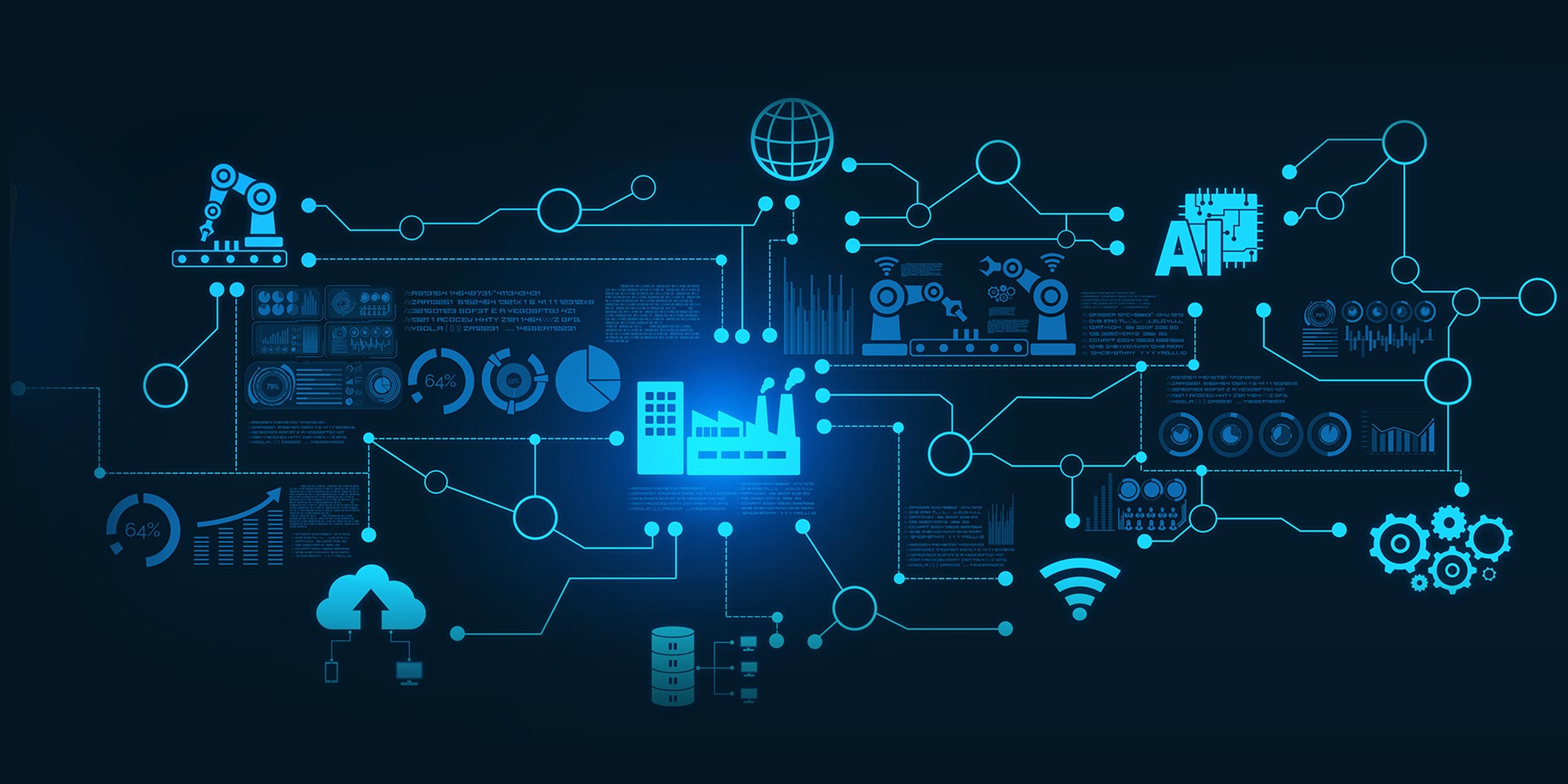In the realm of artificial intelligence, few developments have captured the imagination quite like OpenAI’s ChatGPT. Wit ...
Categories
Post By Date
- November 2025
- October 2025
- September 2025
- August 2025
- July 2025
- June 2025
- May 2025
- April 2025
- March 2025
- February 2025
- January 2025
- December 2024
- November 2024
- October 2024
- September 2024
- August 2024
- July 2024
- June 2024
- April 2024
- March 2024
- February 2024
- January 2024
- December 2023
- November 2023
- October 2023
- September 2023
- August 2023
- July 2023
- June 2023
- May 2023
-
Trends in Cloud Technology
In the realm of technological innovation, cloud technology continues to evolve, captivating hearts and minds alike. With ...
What is Chat-GPT and How powerful it is?
the conversational companion that brings a touch of humanity to our digital interactions. What is Chat GPT?A Conversa ...
3D Mapping using Drones
A journey to the 3D mapping using drones. The latest trend in 3D mapping using drones revolves around enhanced precis ...
-
Circular Economy Platforms Using IoT:
As the world pivots toward a more sustainable future, the concept of the Circular Economy (CE) has emerged as a critica ...
Additive Manufacturing Meets Time: The N...
Additive manufacturing (AM), or 3D printing, revolutionized how we build physical objects—layer by layer, on demand, wi ...
AI-Driven Financial Regulation: How Pred...
In today’s era of digital transformation, the regulatory landscape for financial services is undergoing one of its most ...
Space Tourism Research Platforms: How Co...
Introduction: Space Tourism’s Hidden Role as Research Infrastructure The conversation about space tourism has largel ...

- Zeus
- December 28, 2023
- 2 years ago
- 3:35 pm
In the dynamic landscape of Information Technology (IT), the amalgamation of artificial intelligence (AI) and automation technologies has given rise to a transformative trend known as hyperautomation. This powerful synergy, often facilitated through Intelligent Process Automation (IPA), is reshaping how businesses operate, optimizing processes, and driving unparalleled efficiency gains. In this article, we’ll delve into the intricacies of hyperautomation and IPA, exploring their impact on IT ecosystems and the broader business landscape.
Understanding Hyperautomation:
Hyperautomation is not merely about automating routine tasks; it’s a holistic approach that integrates various technologies to automate and augment complex business processes. It combines AI, machine learning, robotic process automation (RPA), and other automation tools to streamline workflows, reduce manual intervention, and enhance overall operational efficiency.
1. Rise of RPA in Hyperautomation:
Robotic Process Automation (RPA) is a key component of hyperautomation. It involves using software robots or “bots” to automate repetitive, rule-based tasks traditionally performed by humans. RPA can handle data entry, invoice processing, and other mundane tasks, freeing up human resources for more strategic and creative endeavors.
Intelligent Process Automation (IPA):
IPA takes automation to the next level by infusing AI and machine learning capabilities into the process. It enables systems to learn, adapt, and make decisions autonomously, going beyond the limitations of traditional RPA. IPA systems can understand unstructured data, interpret complex instructions, and evolve based on experience.
1. Cognitive Automation:
Cognitive automation, a subset of IPA, involves the use of AI technologies like natural language processing and machine learning to enable systems to perform tasks that require human-like intelligence. This includes understanding context, making decisions, and learning from data patterns.
2. Process Mining for Optimization:
Process mining is a critical aspect of IPA that involves analyzing event logs to discover, monitor, and improve business processes. By leveraging data analytics, organizations can gain insights into how processes are executed, identify bottlenecks, and optimize workflows for maximum efficiency.
Benefits of Hyperautomation and IPA:
1. Enhanced Operational Efficiency:
Hyperautomation and IPA significantly reduce manual effort, enabling organizations to accomplish tasks faster and with greater accuracy. This leads to increased operational efficiency and allows employees to focus on more value-added activities.
2. Improved Decision-Making:
With AI-driven capabilities, IPA systems can analyze vast amounts of data, identify patterns, and make informed decisions. This not only accelerates decision-making processes but also ensures that decisions are based on a comprehensive understanding of the available information.
3. Flexibility and Scalability:
Hyperautomation and IPA solutions are designed to be flexible and scalable. They can adapt to changing business needs, accommodate increased workloads, and seamlessly integrate with existing IT infrastructure.
Challenges and Considerations:
1. Data Security and Privacy:
As automation systems handle sensitive data, ensuring robust security measures is crucial. Organizations must prioritize data security and comply with privacy regulations to mitigate risks associated with handling sensitive information.
2. Change Management:
The implementation of hyperautomation and IPA often requires a cultural shift within organizations. Change management strategies are essential to ensure that employees are equipped to embrace and adapt to the evolving technological landscape.
The trajectory of hyperautomation and IPA suggests a future where organizations can achieve unprecedented levels of efficiency, agility, and innovation. As technologies continue to advance, and organizations increasingly recognize the value of intelligent automation, we can expect hyperautomation to be a cornerstone in reshaping the IT landscape and driving sustainable business growth.
References:
1. KPMG. (2022). “The rise of the robots: Robotic Process Automation in the workplace.”
2. Deloitte. (2022). “Intelligent automation in action: The top 5 use cases.”
3. IEEE. (2022). “Process Mining: A Comprehensive Literature Review.”
4. McKinsey & Company. (2022). “Making data analytics work for you—instead of the other way around.”
5. Gartner. (2022). “Top Strategic Technology Trends for 2022.”
6. ISO/IEC. (2022). “ISO/IEC 27001 Information Security Management.” 7. Prosci. (2022). “Change Management Best Practices Guide.”

